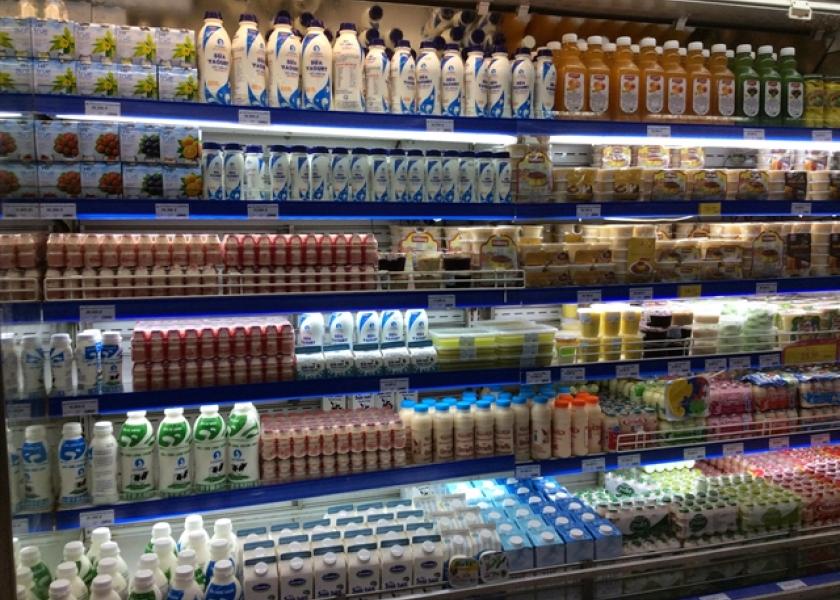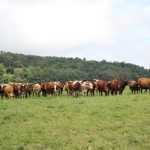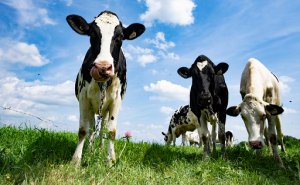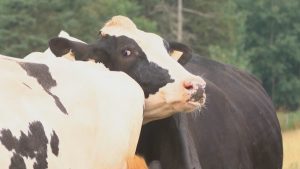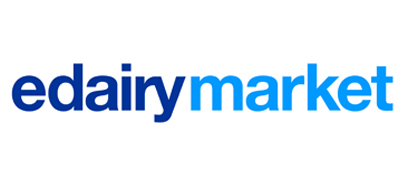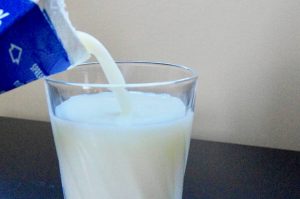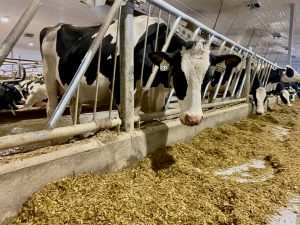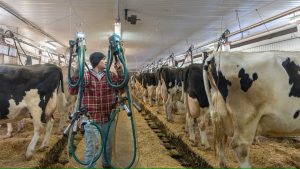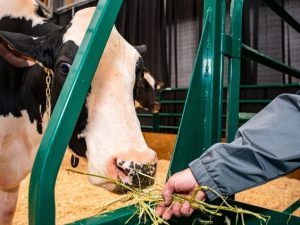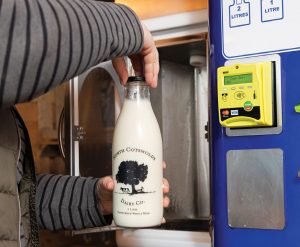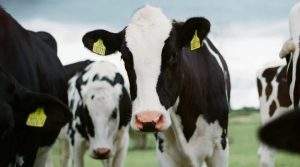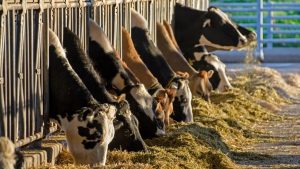
It was dairy month in June. While the Island Farmer was celebrating PEI’s thriving dairy farms, a couple of former political power brokers took to the Globe and Mail to condemn the industry. Former Finance Minister John Manley, and Jean Chretien’s long time chief of staff, Eddie Goldenberg, penned an editorial that included “all three major political parties are unable to escape the tentacles of a lobby that represents 9,000 dairy farmers and keeps food prices higher than they need to be for 40 million Canadian consumers.”
High food prices have been catastrophic for too many Canadian families. However, if you widen the time frame to 2019 when Covid, a Ukrainian war, and broken supply chains drove up all commodity prices, the situation looks a little different. Yes, dairy and eggs are up by 40%, but cooking oil is up 54%, chocolate bars by 52%, apple sauce 51%, beef 51%, a loaf of bread 42%, cereal 38% and so on. Sylvain Charlebois, the director of the Agri-Food Analytics Lab at Dalhousie University, and someone not adverse to criticism of the dairy industry, says this year dairy increases will be less than other commodities. “We got some good news in the fall from the (Canadian Dairy) commission — farm prices will go up by 1.7 per cent to 2 per cent, which is quite reasonable, to be honest. We’re not expecting major jumps in the dairy section at all.”
And yes, Americans pay less for milk, especially in U.S. communities just south of Canada where dairy is often sold as a loss leader. Taking the exchange rate into consideration, the average U.S. price is much closer to Canada’s (about $.08 a gallon cheaper). And don’t ever forget that American consumers top up farmer’s incomes through their taxes, anywhere from $20 to $40 billion per year paid in subsidies to keep farmers in business. Are Canadians ready to pay that kind of support too?
And there are two other things to consider. The U.S. industry does allow the use of rBST, a hormone used to increase production, which is forbidden in Canada. And while Canadian dairy herds average 96 cows (fewer in the Maritimes) the average U.S. herd is 337, with some farms in the U.S. south now milking tens of thousands of cows, with all of the animal welfare issues that come with that. It’s the standard problem of ‘get big or get out.’ Even in Canada, with the farm price of milk tightly regulated, dairy farms are chasing efficiencies by getting bigger.
Manley and Goldenberg then go on hold up New Zealand as an example of a dairy industry that’s thriving in the open market, the biggest exporter of dairy products in the world. If they looked a little deeper, they’d see that there is a cost to producing milk at a price that allows the country to be so competitive: the overstocking of farms leading to serious environmental damage. Media reporting on a recent “State of the Environment” release said: “The cornerstone report out today says the (dairy) industry is not only degrading biodiversity, rivers and lakes, hastening climate change, it also points to the seas as another environmental victim of intensive dairying. Dairy has contributed to the degradation of almost every environmental metric in New Zealand…” Dairy farms on PEI with the need for pastures and forages for feed have some of the best soil quality and environmental standards in the province.
It’s almost a rite of passage for “serious” economists and columnists, lawyers representing the interests of the business community like Manley and Goldenberg, the Fraser Institute etc. to run down supply management. It’s a cheap shot to use the hardship of so many Canadian families to put food on the table to justify a new round of criticism. There are a lot of things we need to fix in Canada. Supply management is not one of them.
You can now read the most important #news on #eDairyNews #Whatsapp channels!!!
🇺🇸 eDairy News INGLÊS: https://whatsapp.com/channel/0029VaKsjzGDTkJyIN6hcP1K
